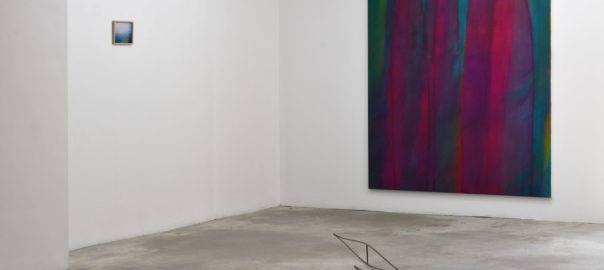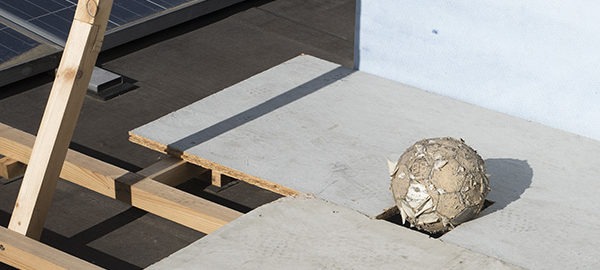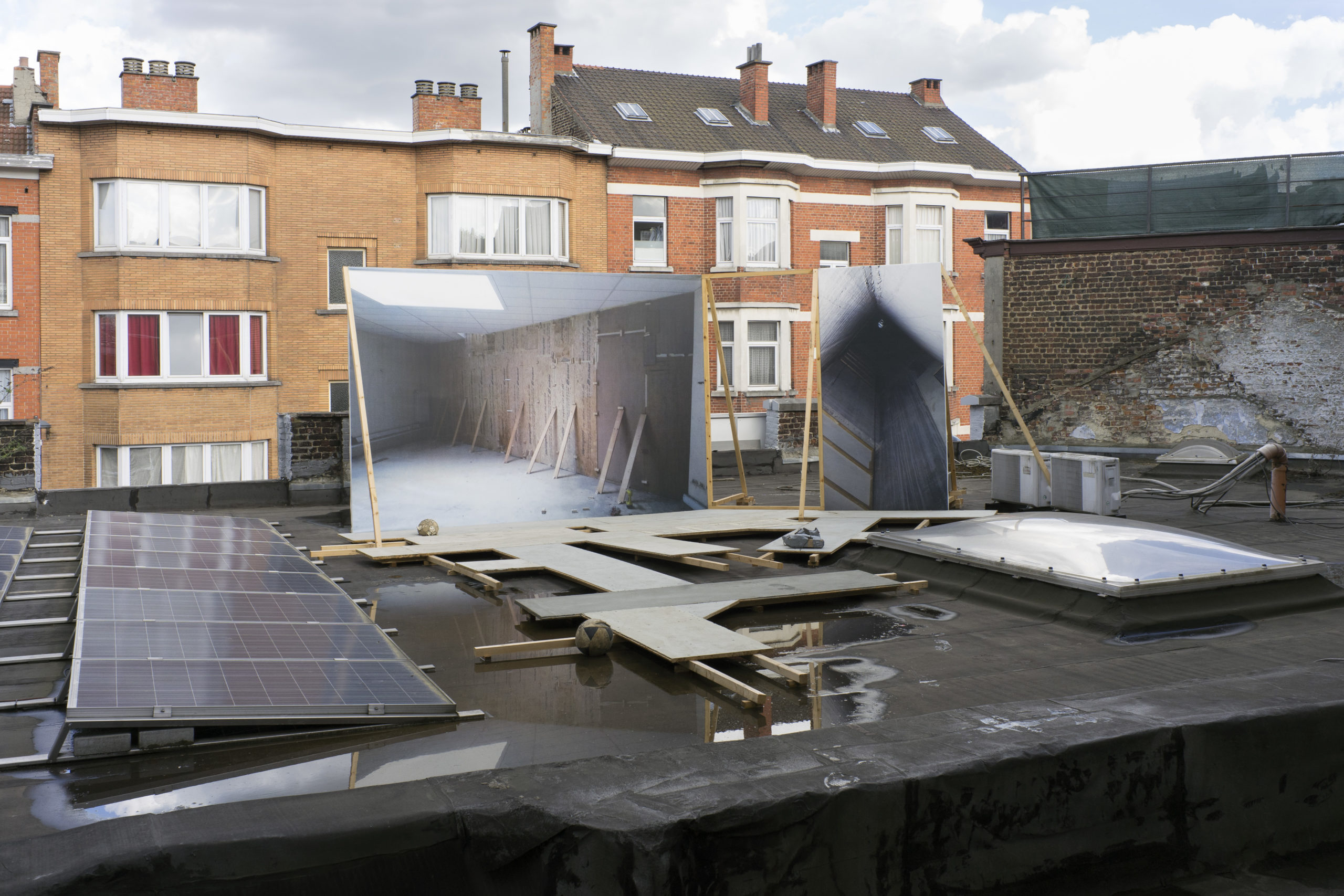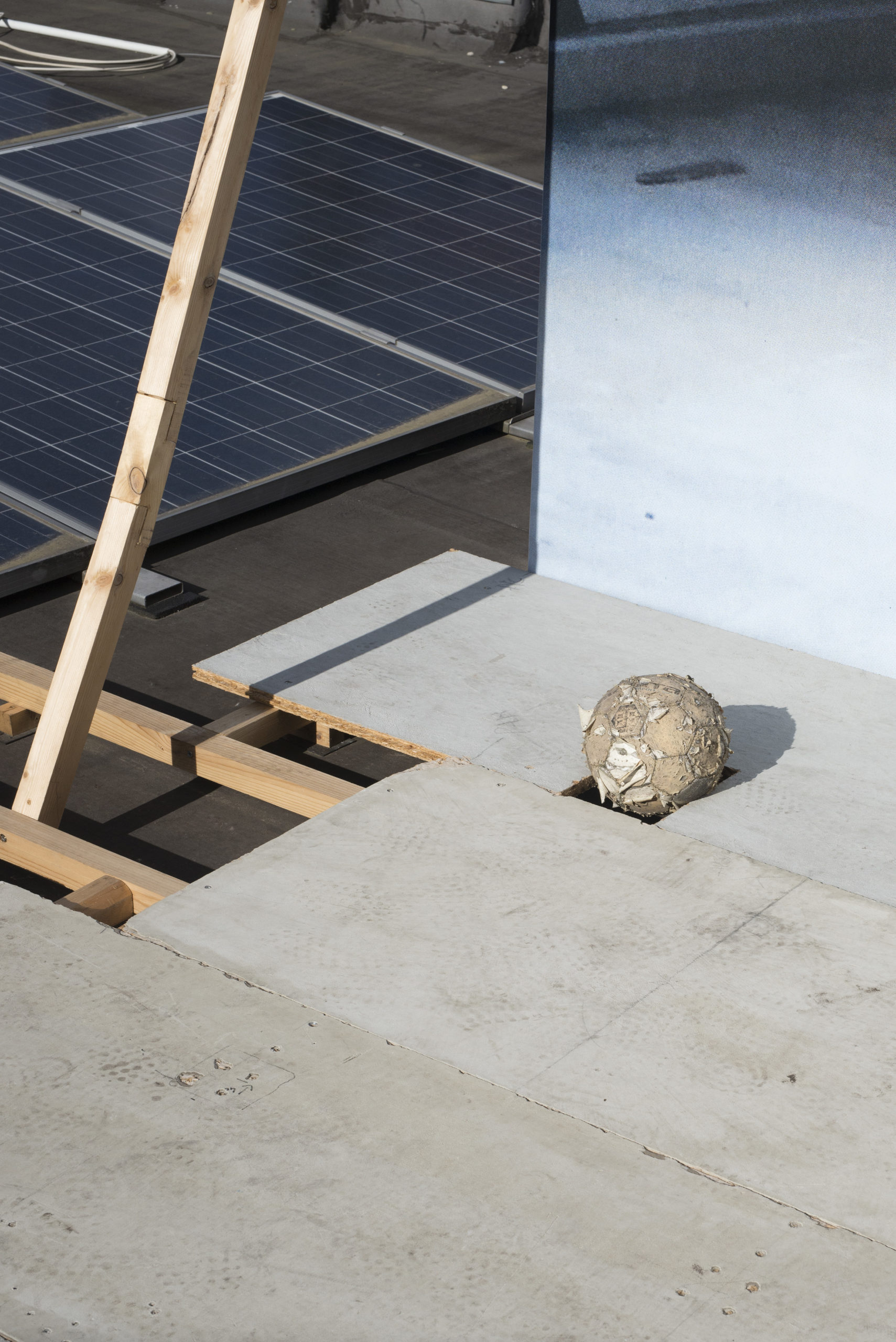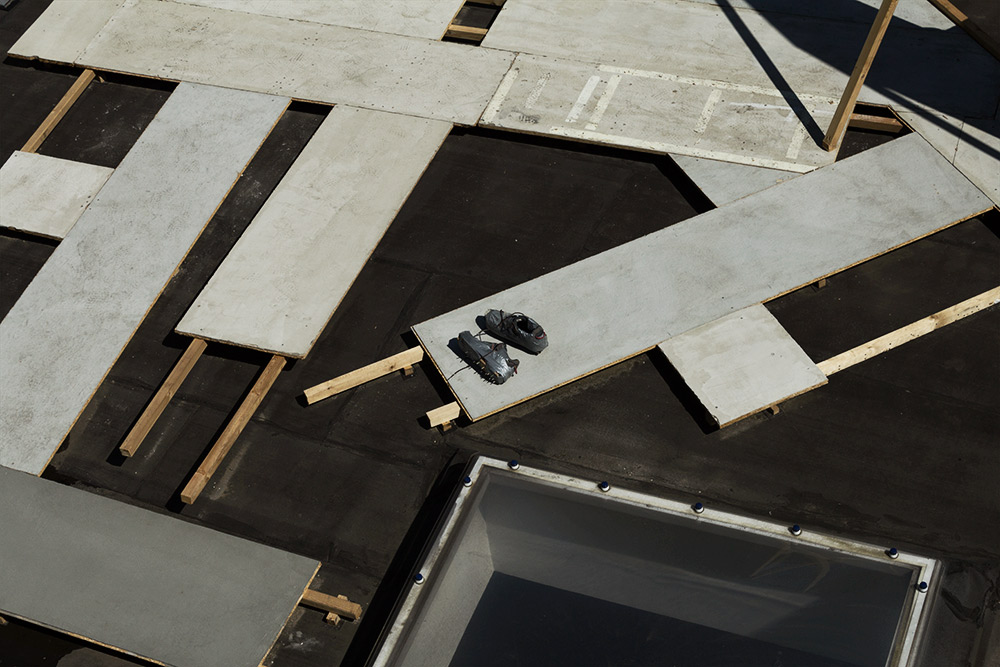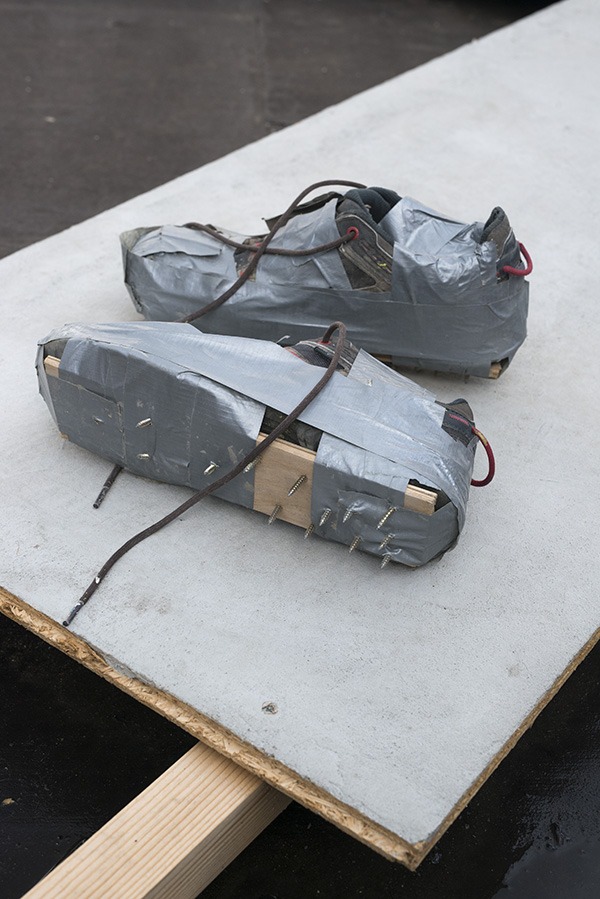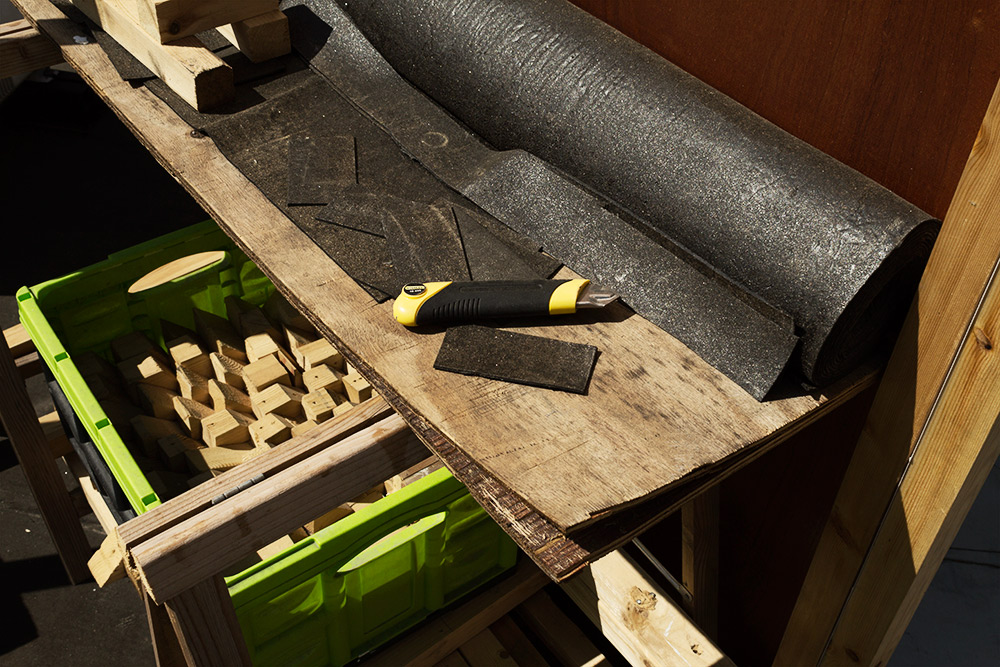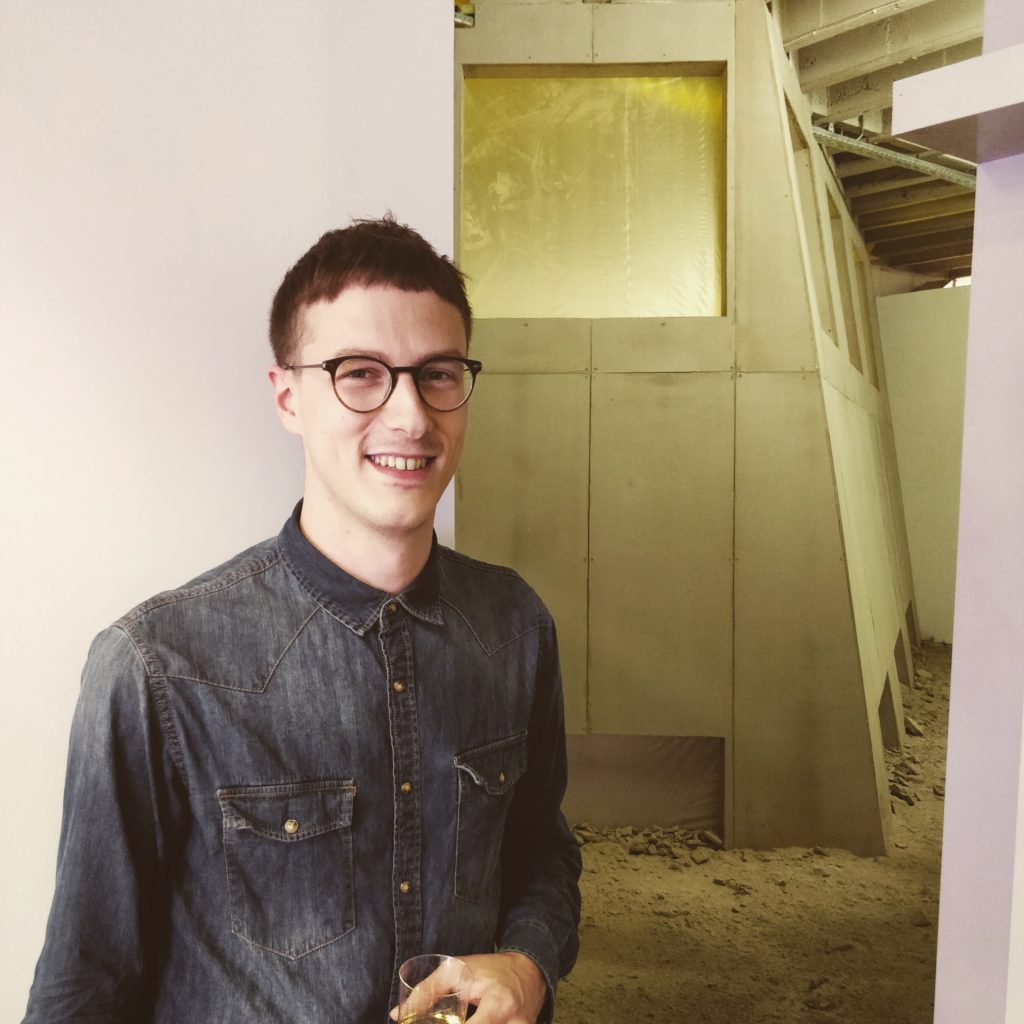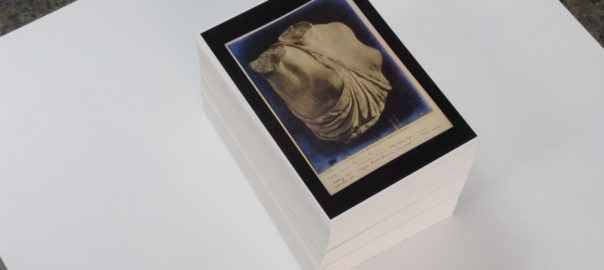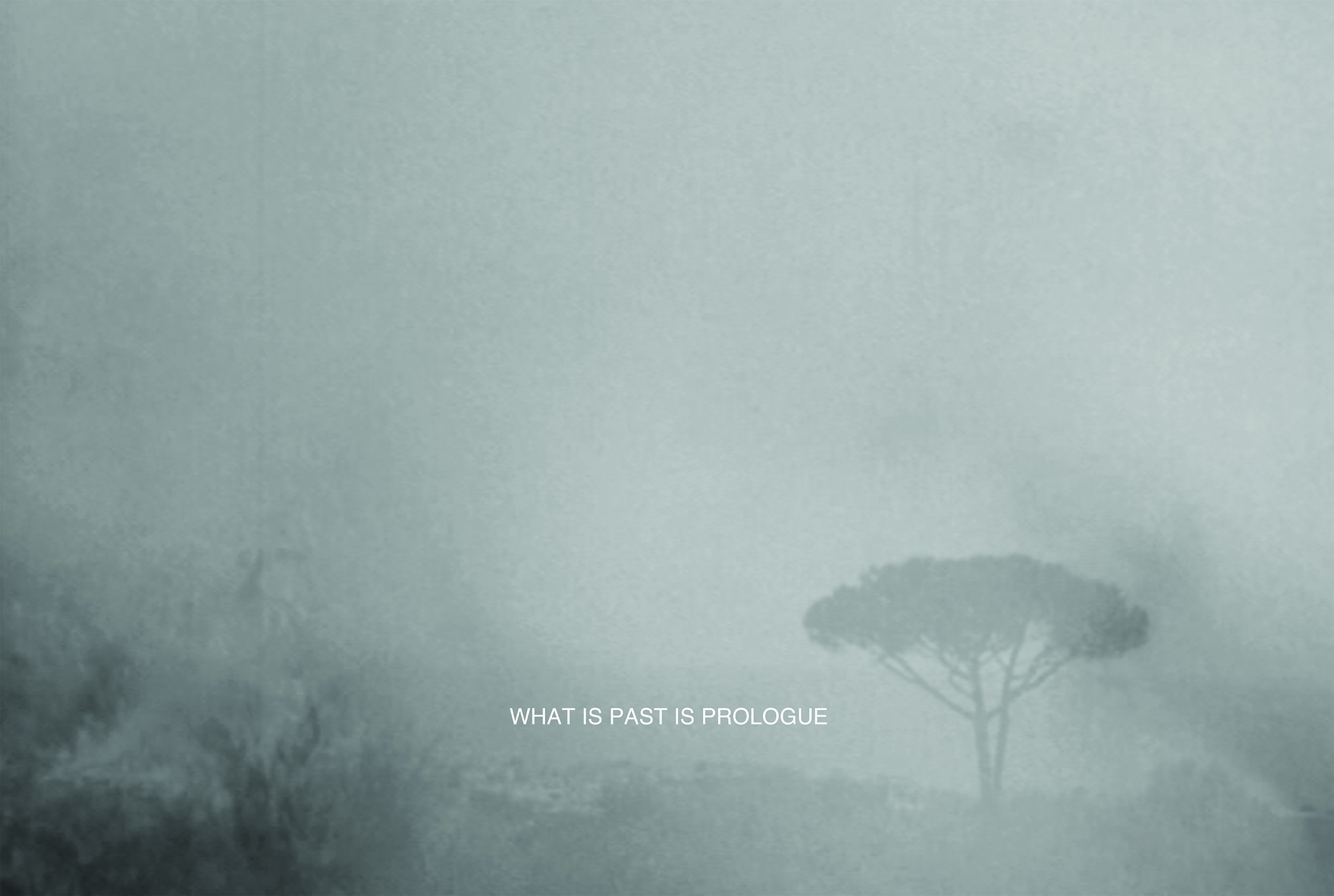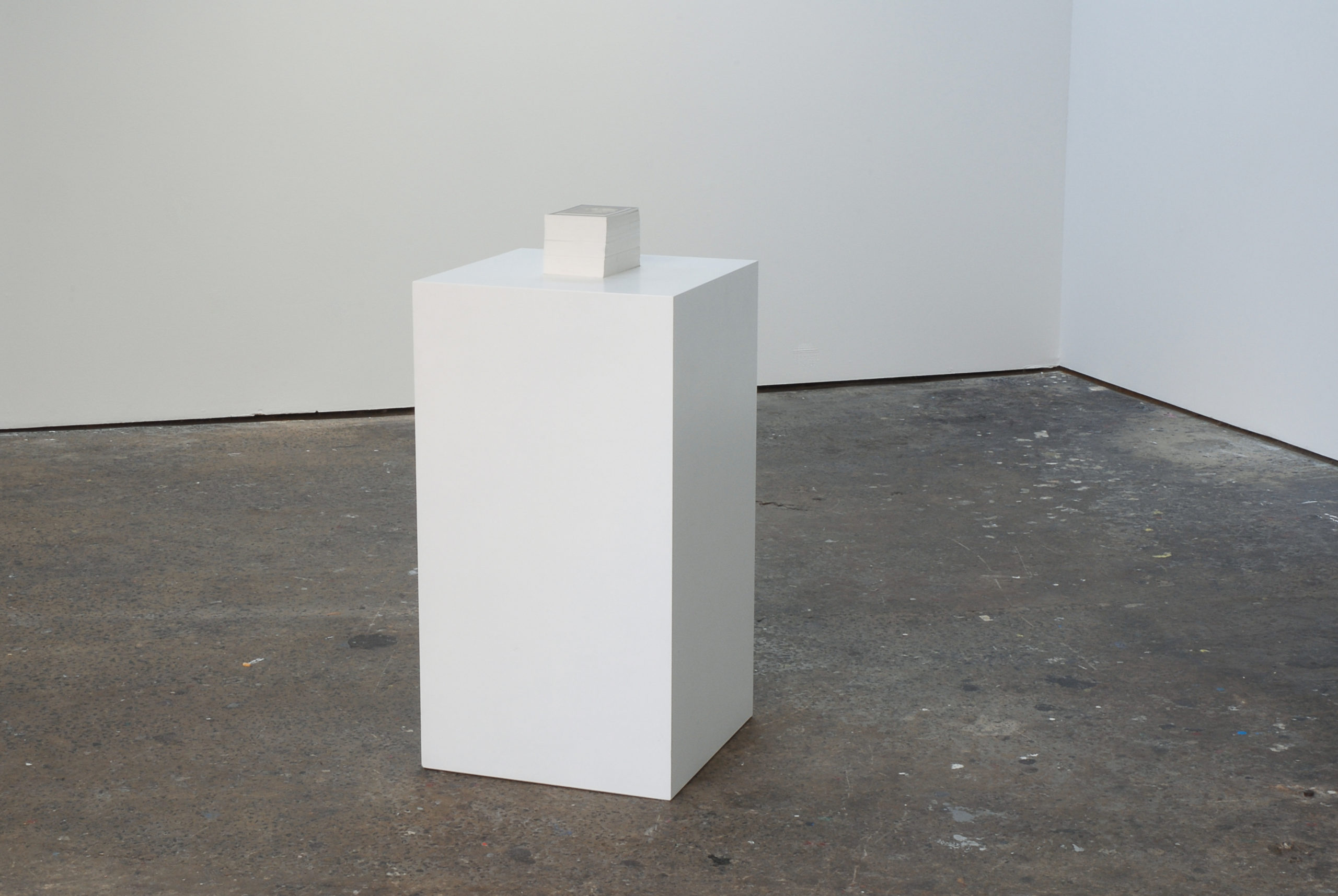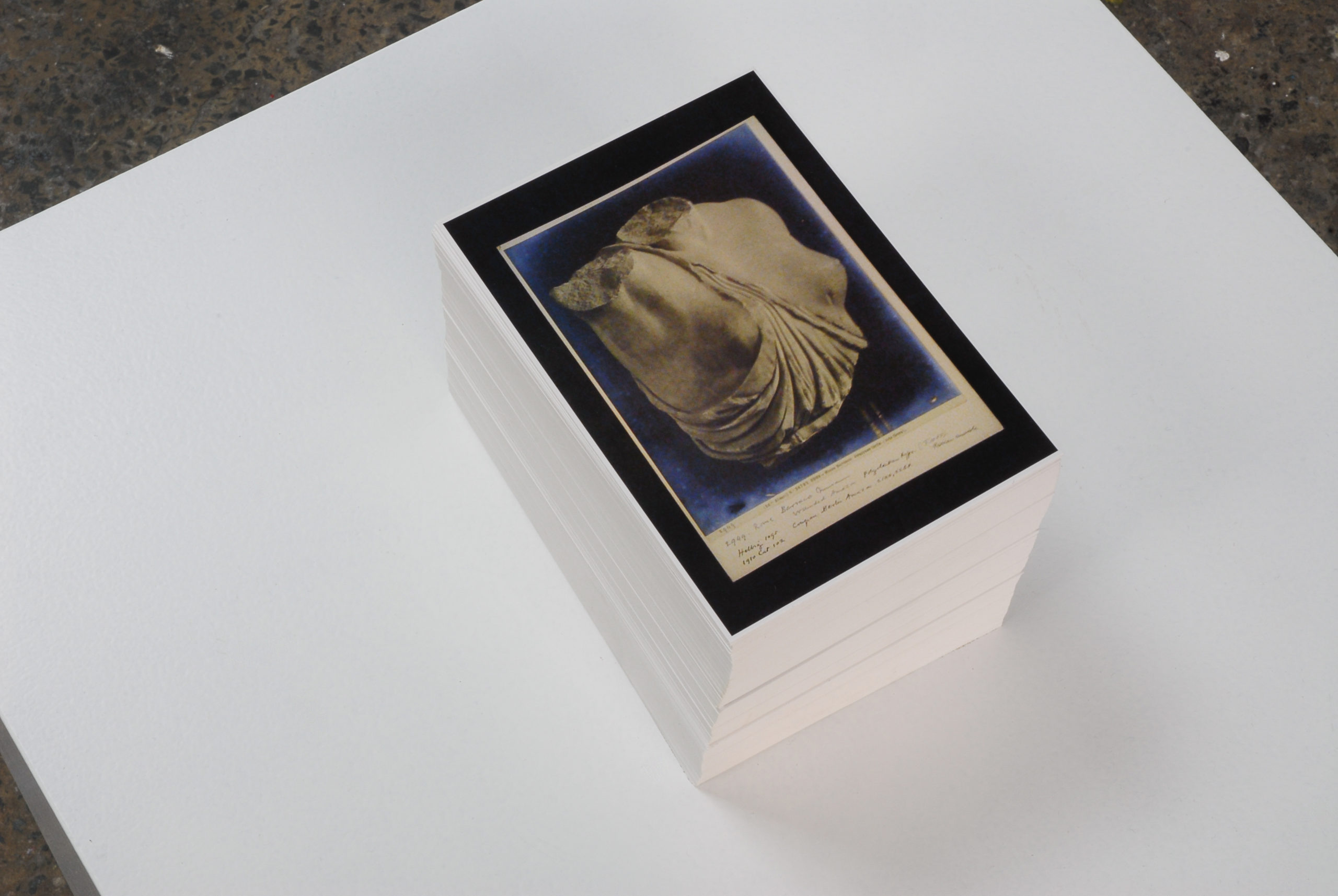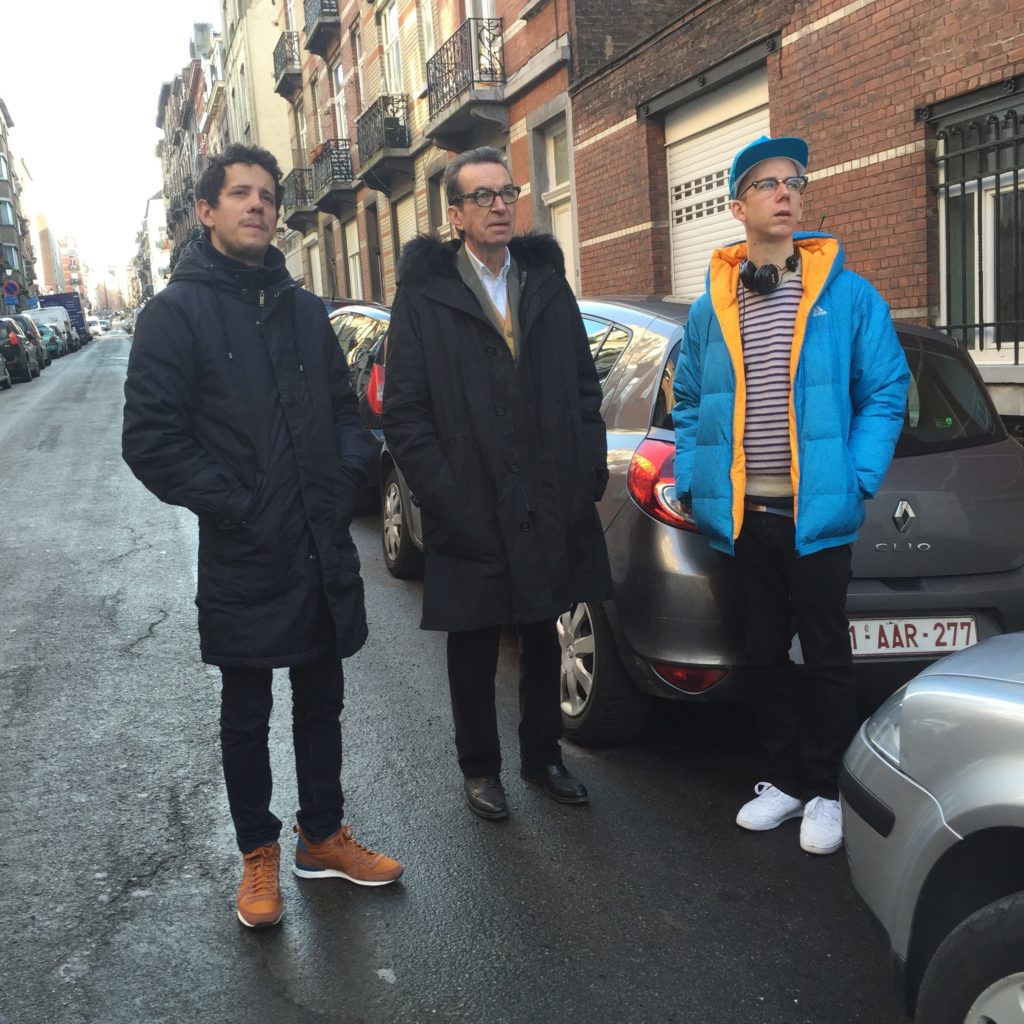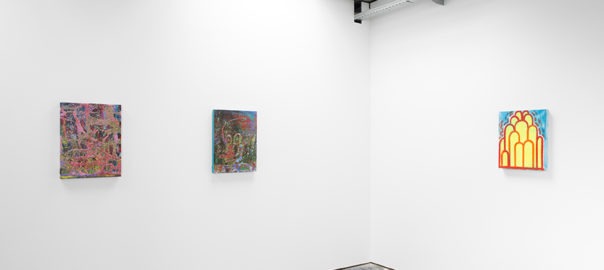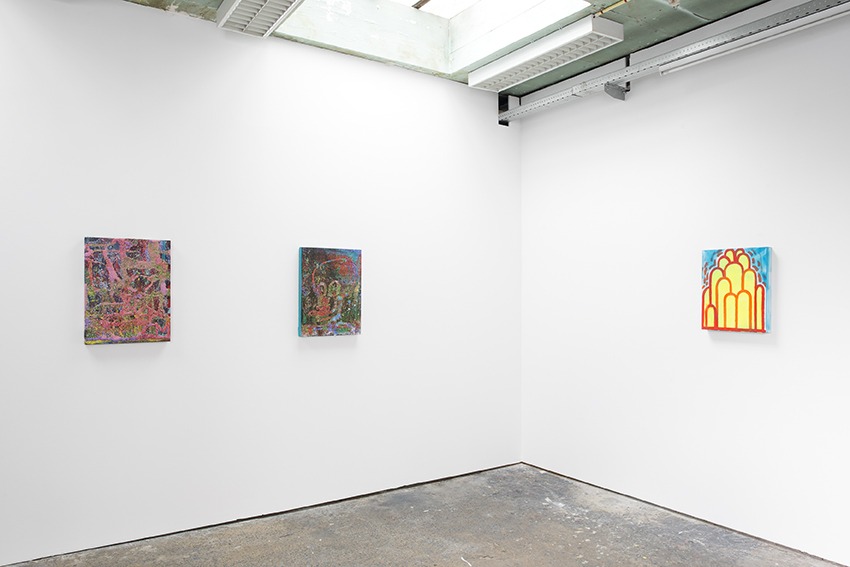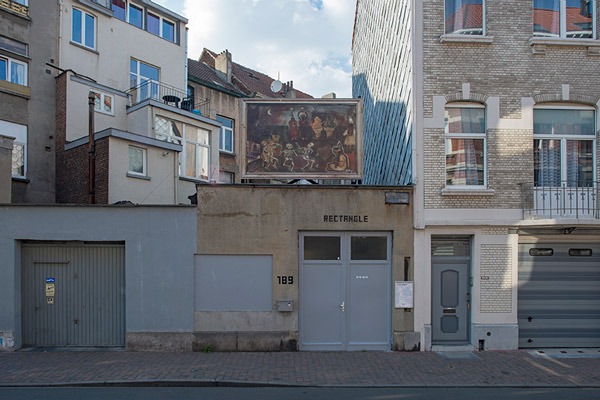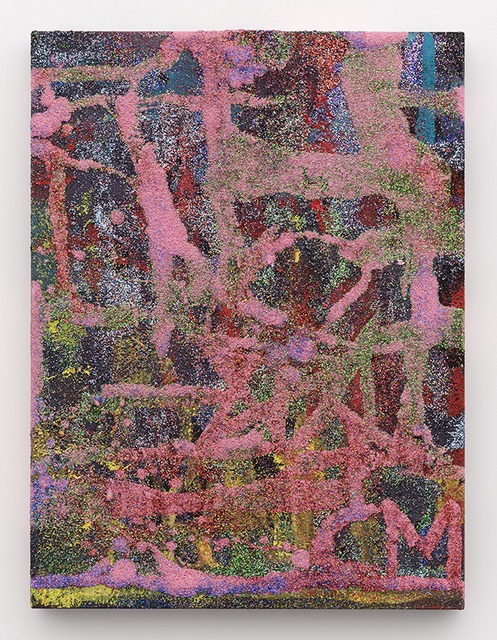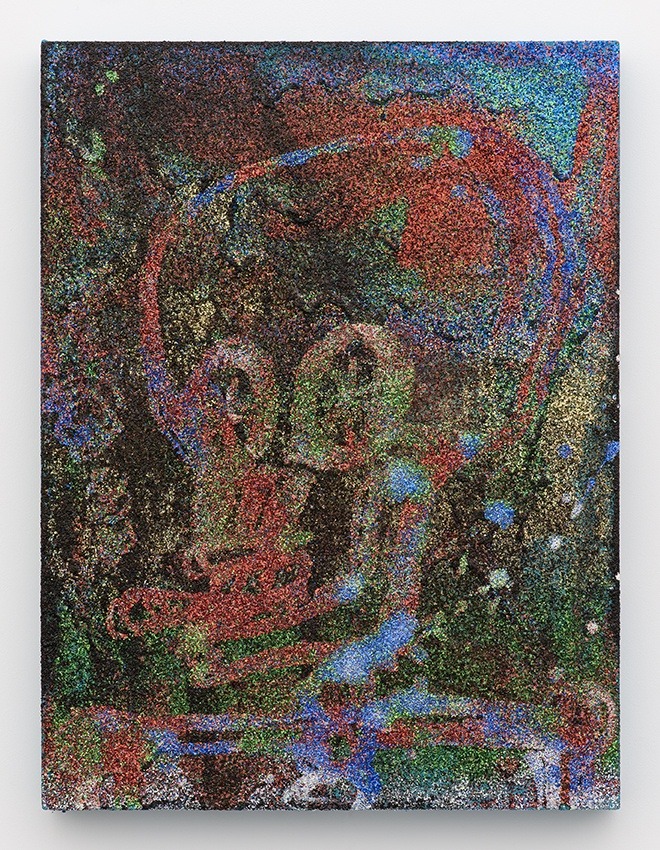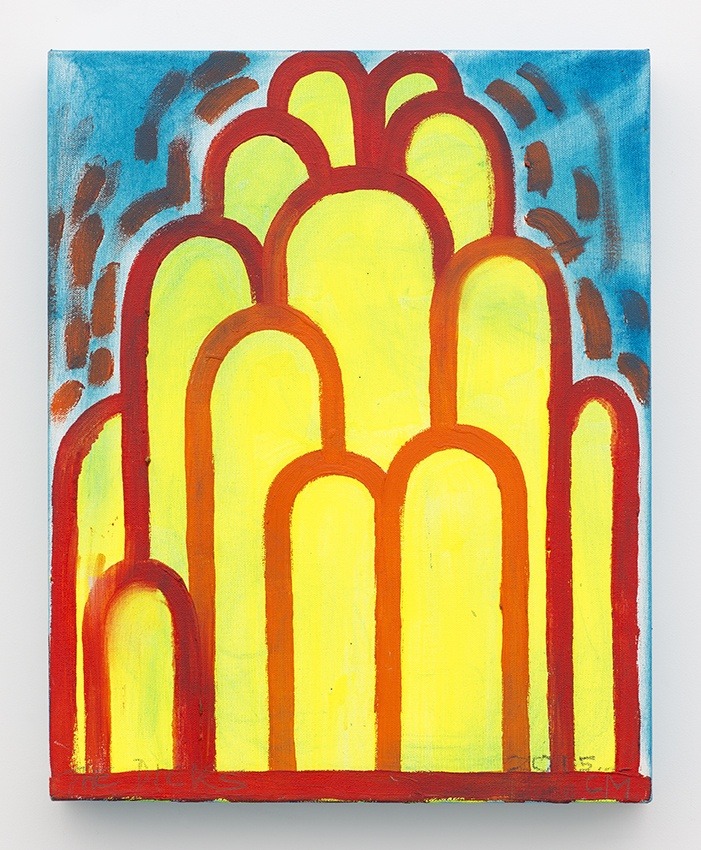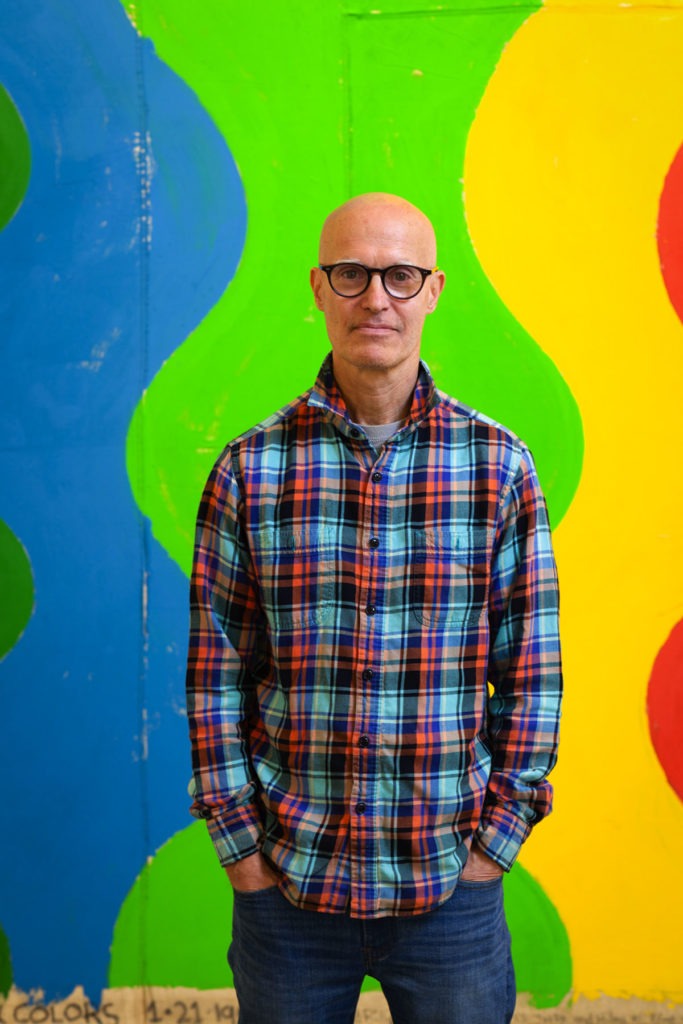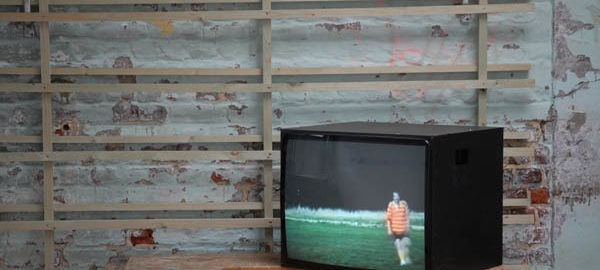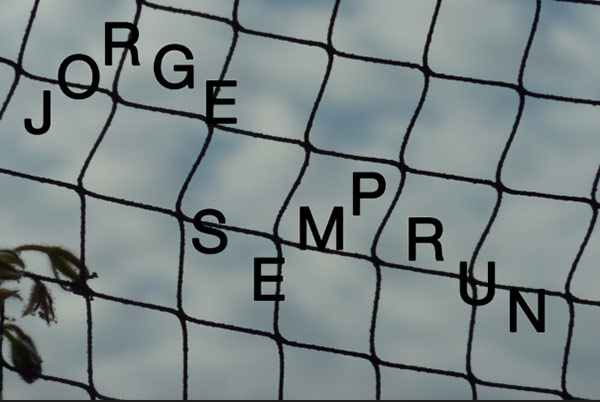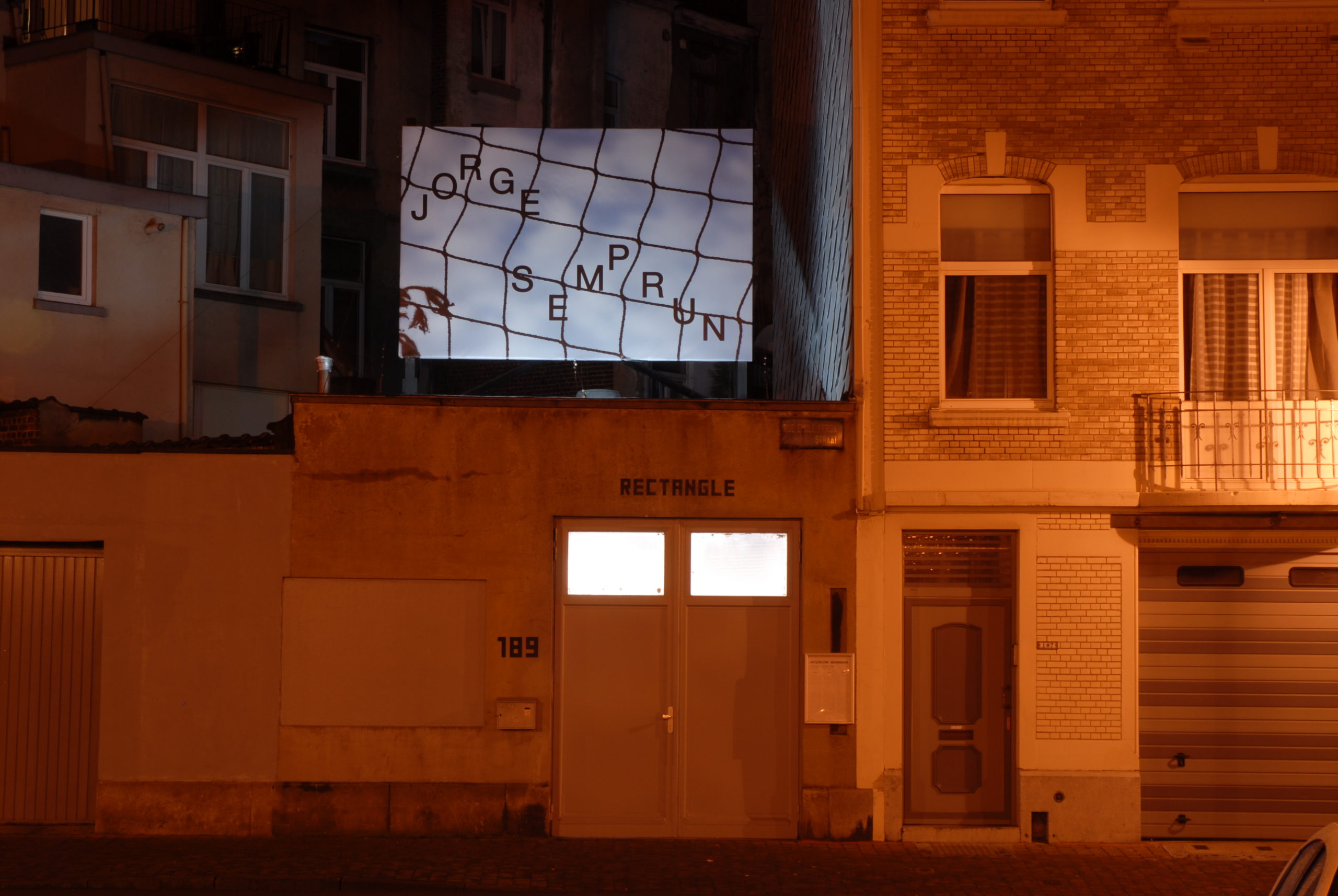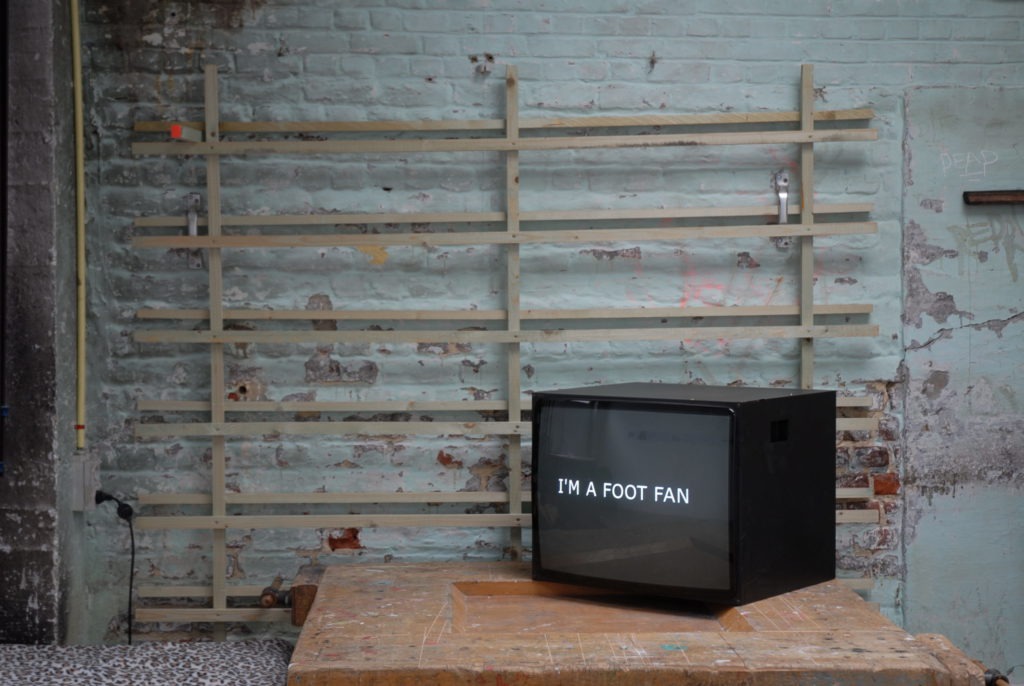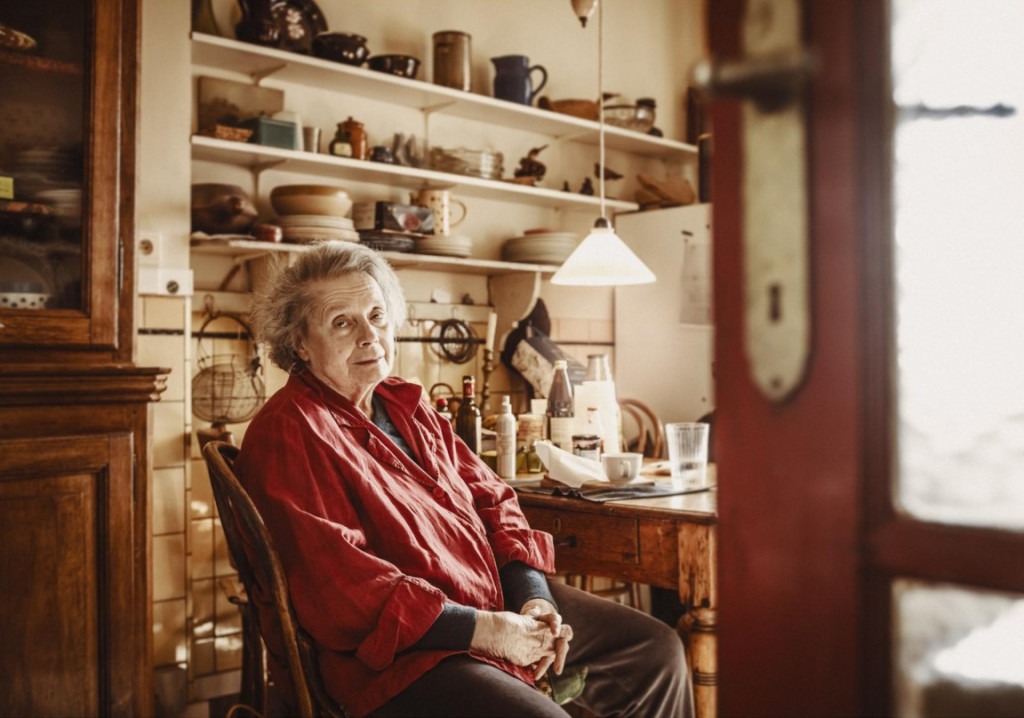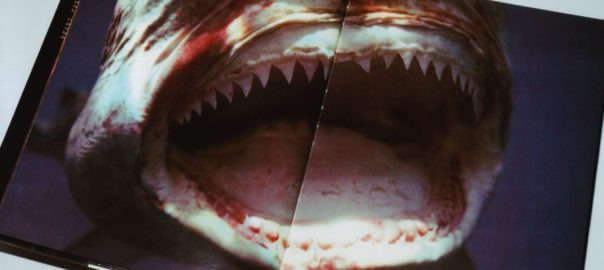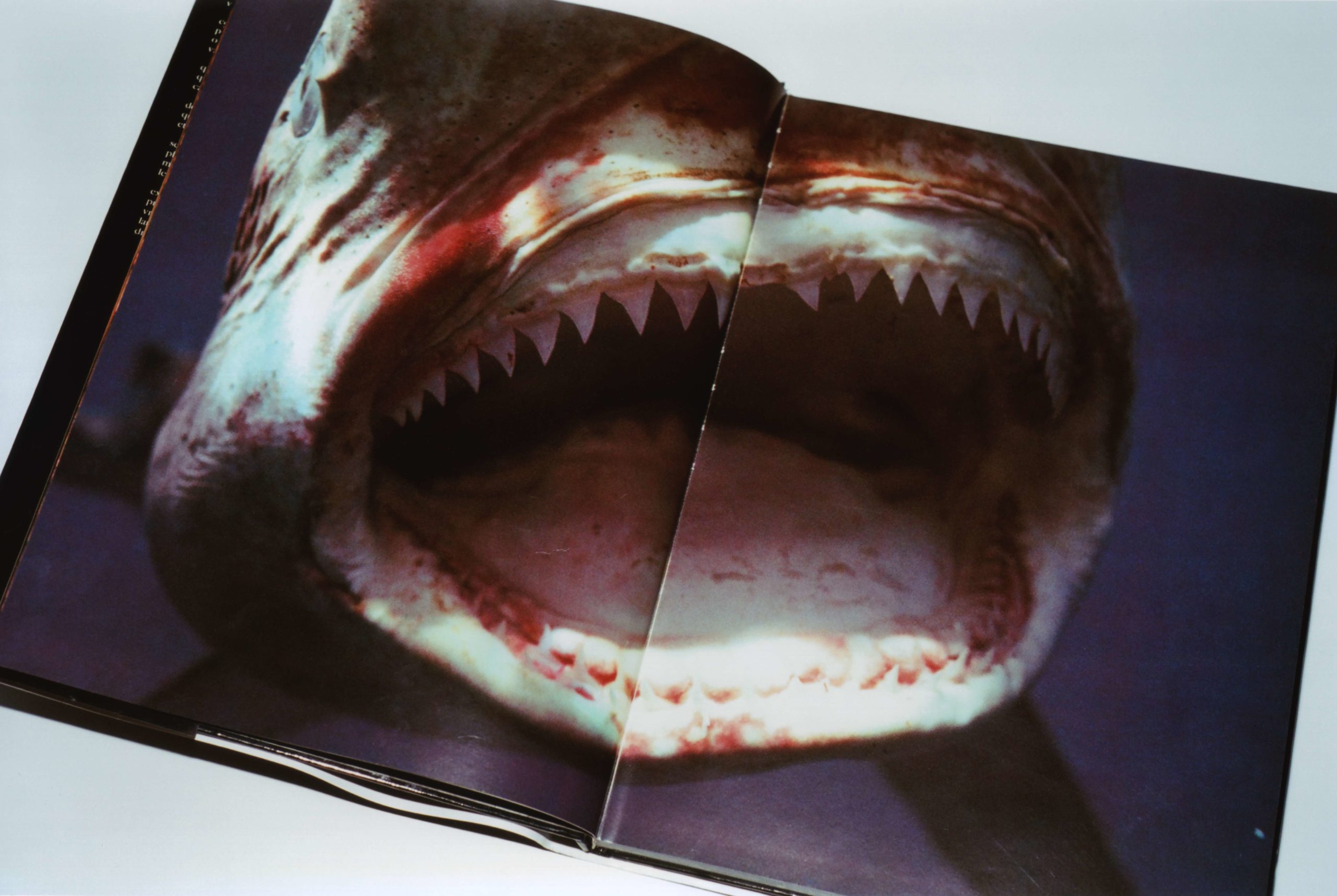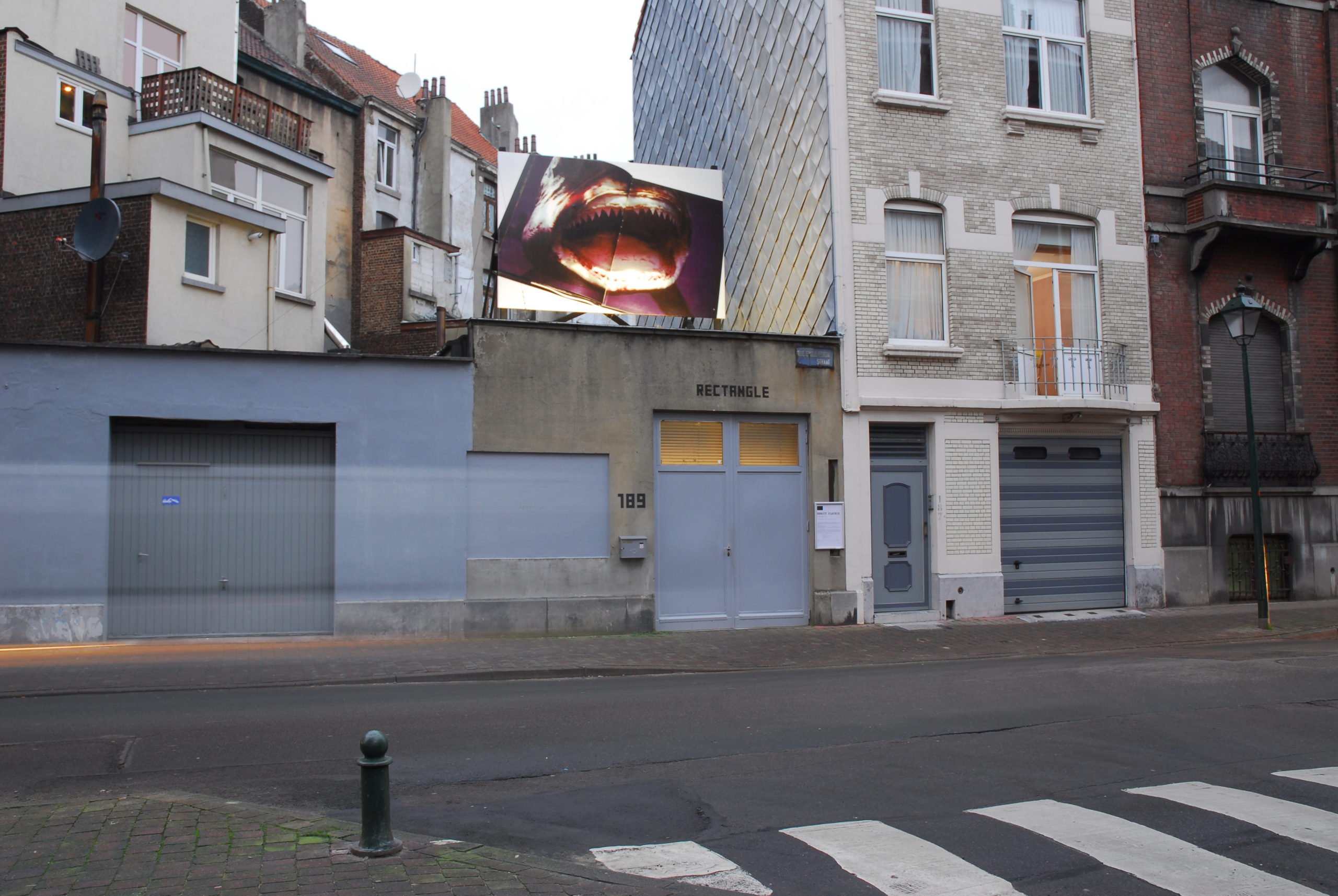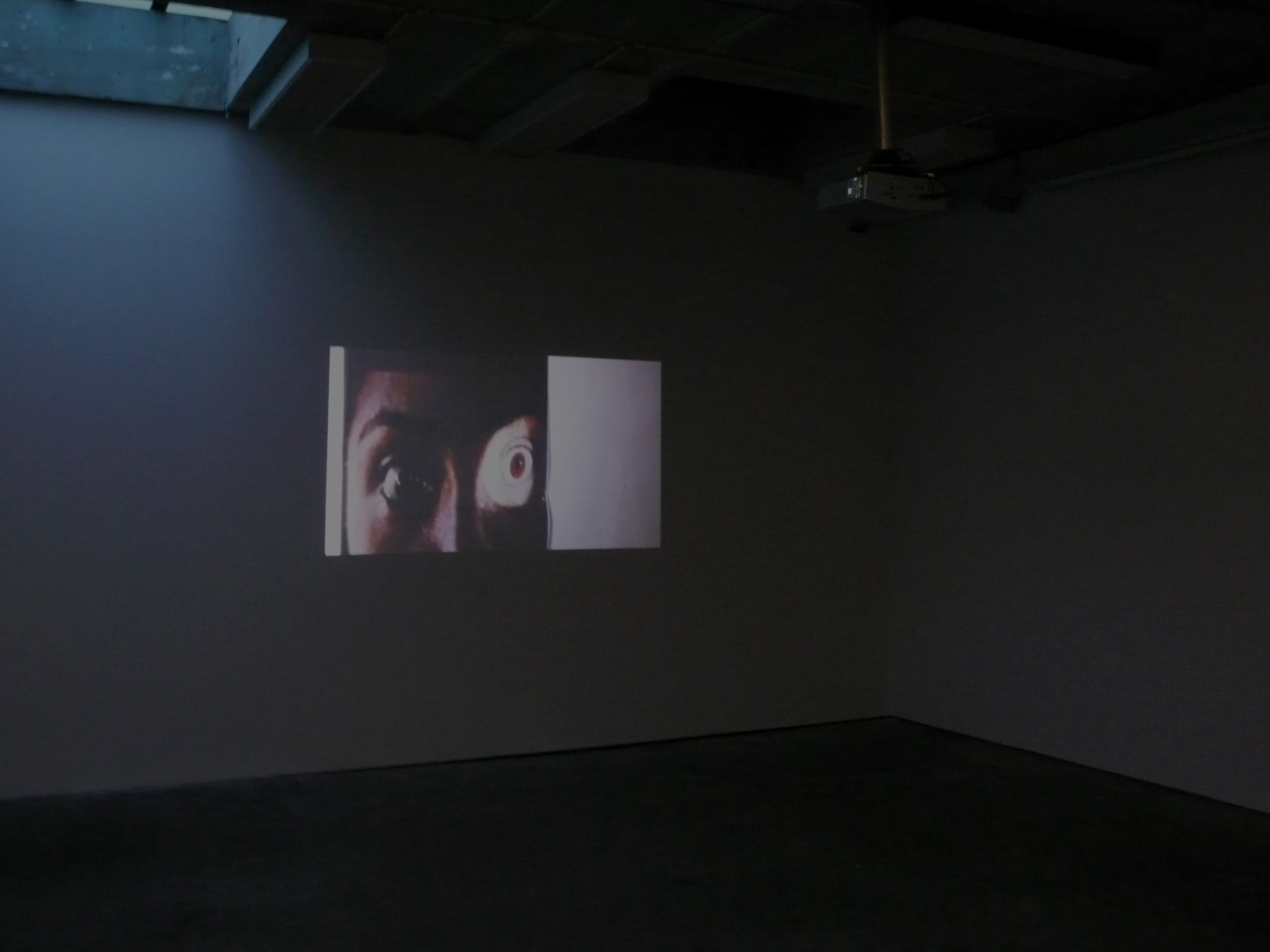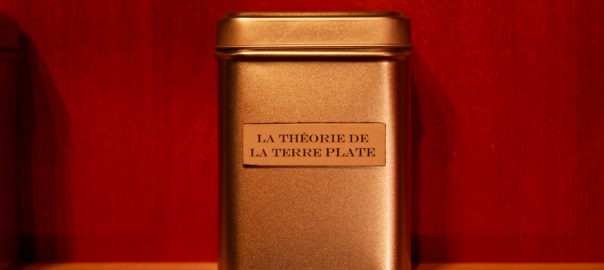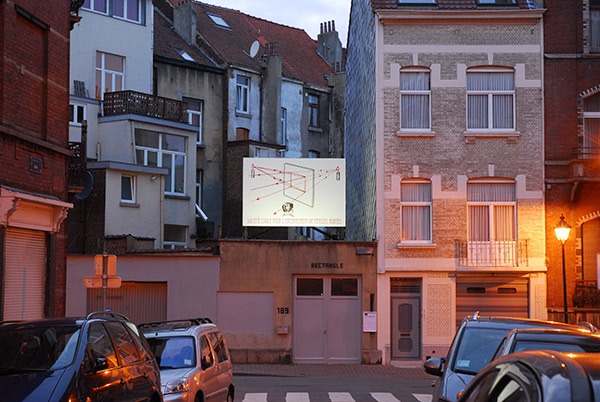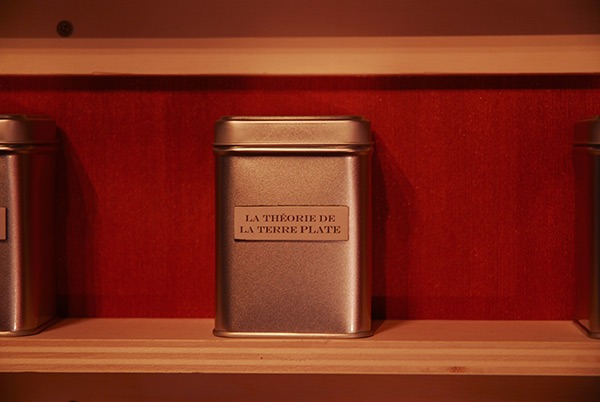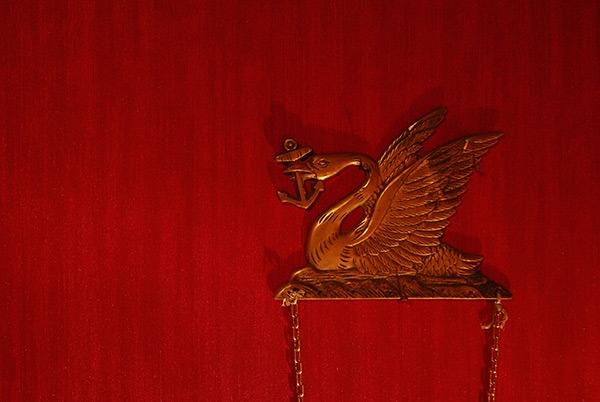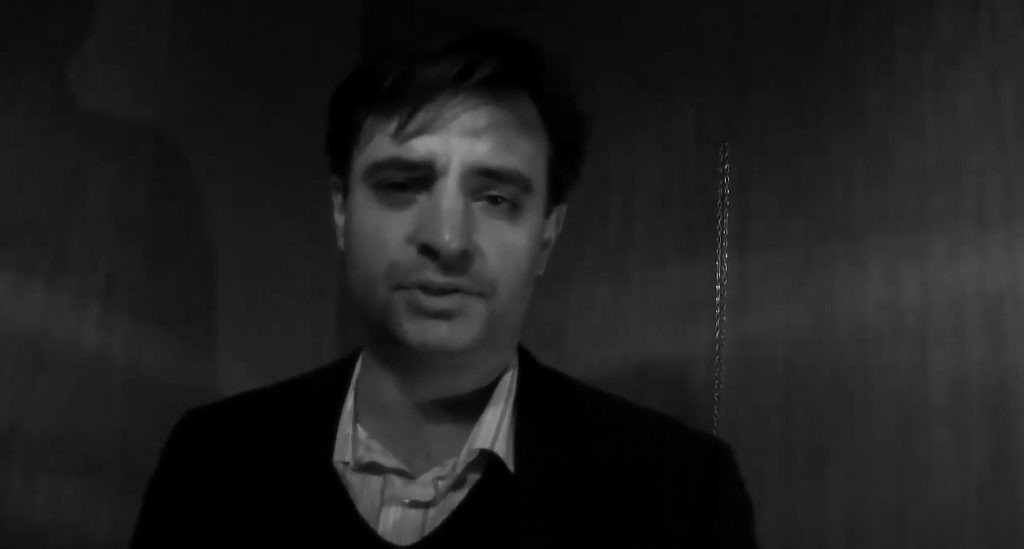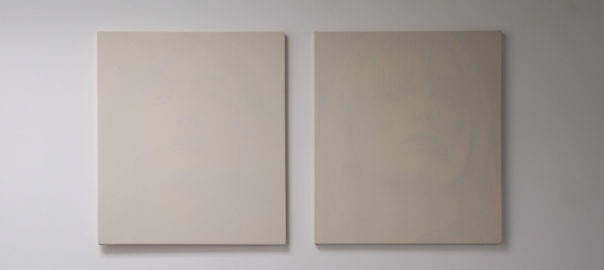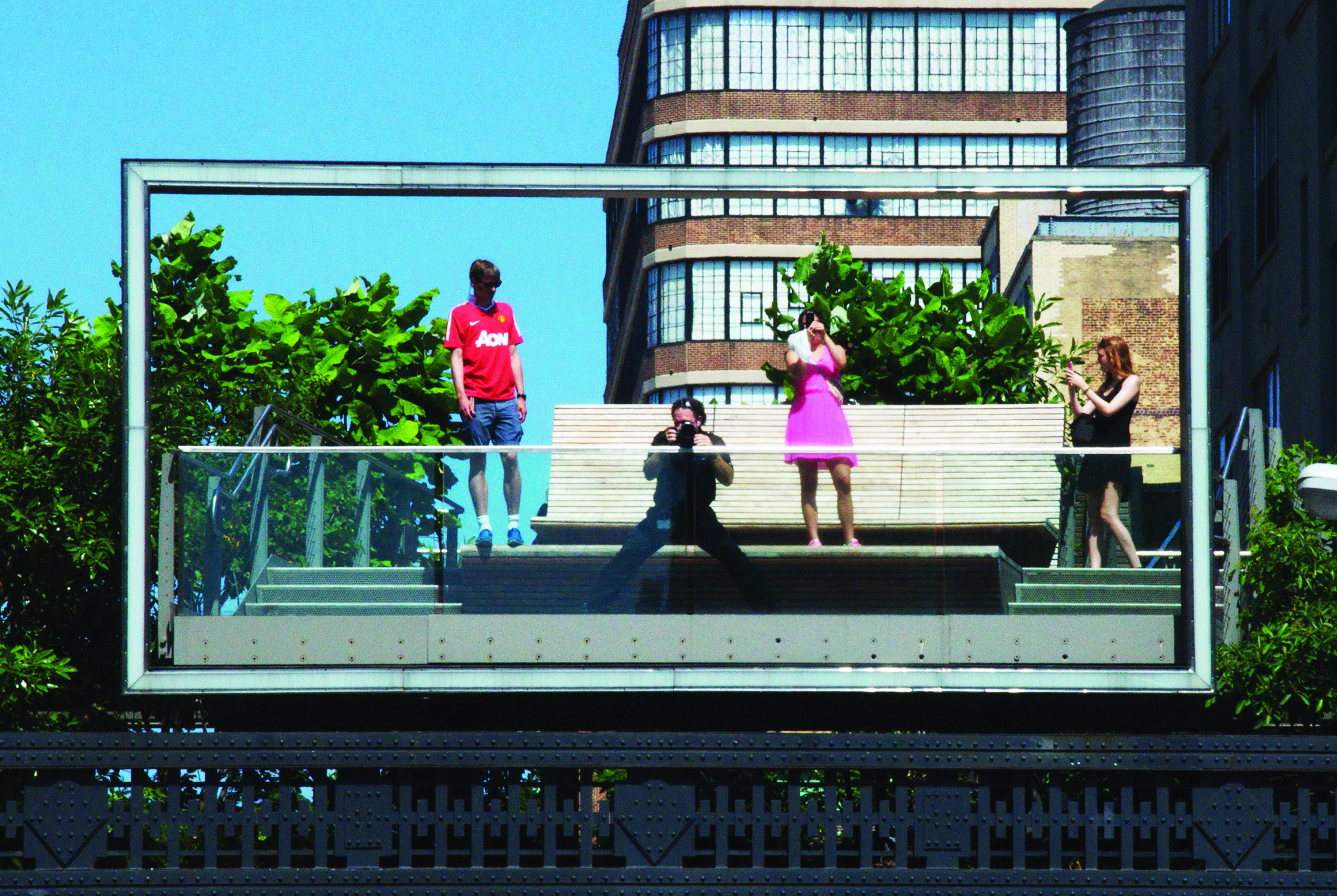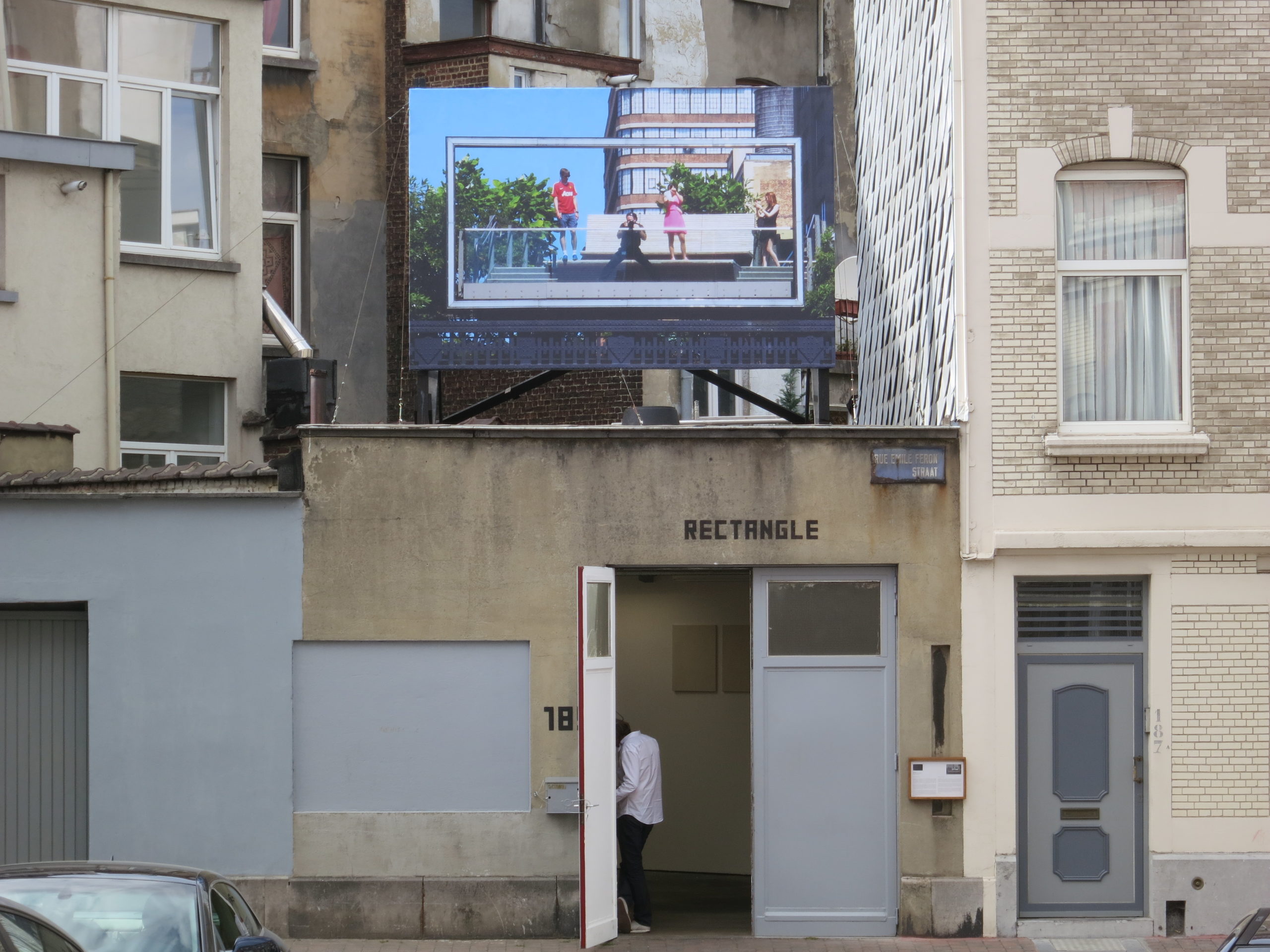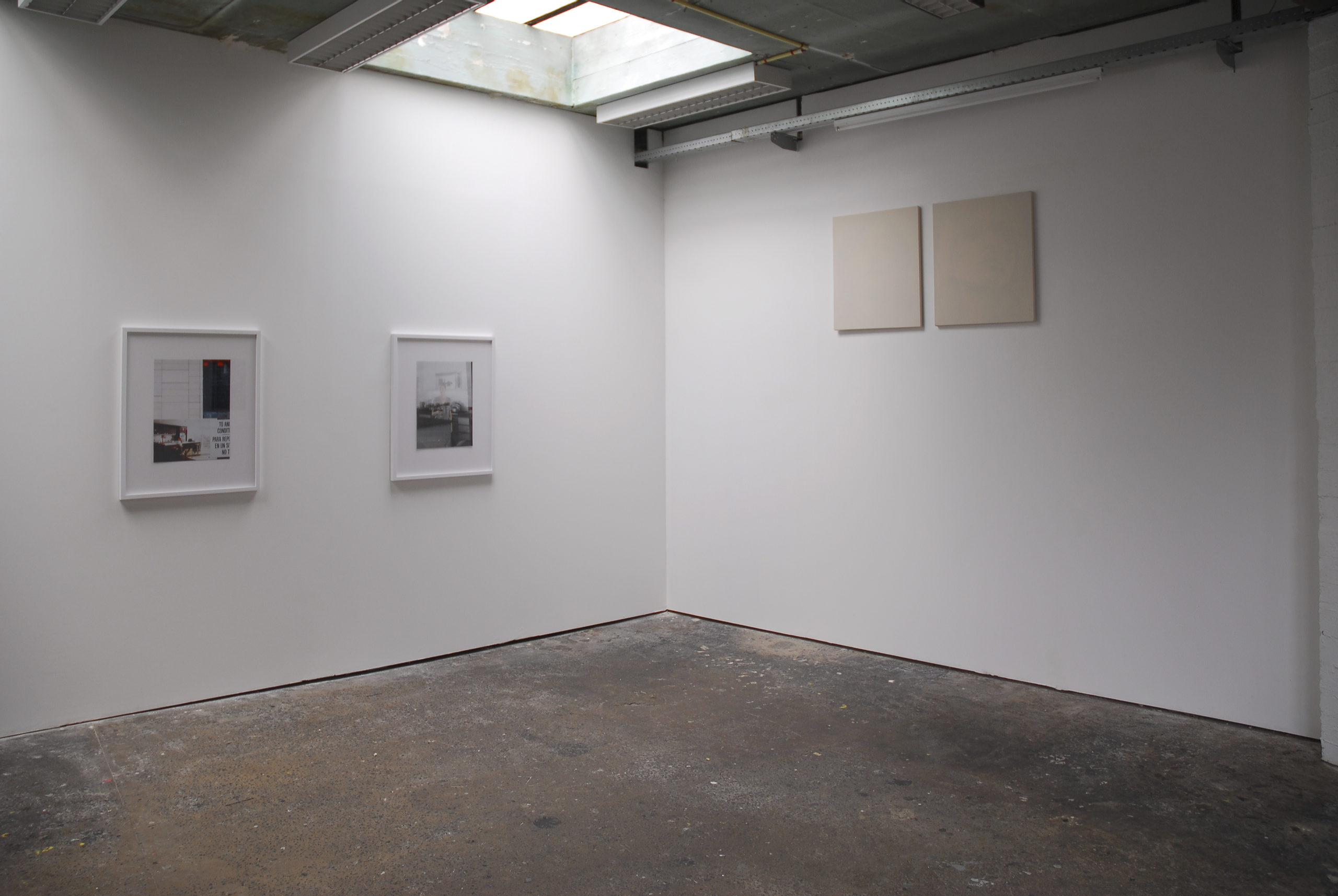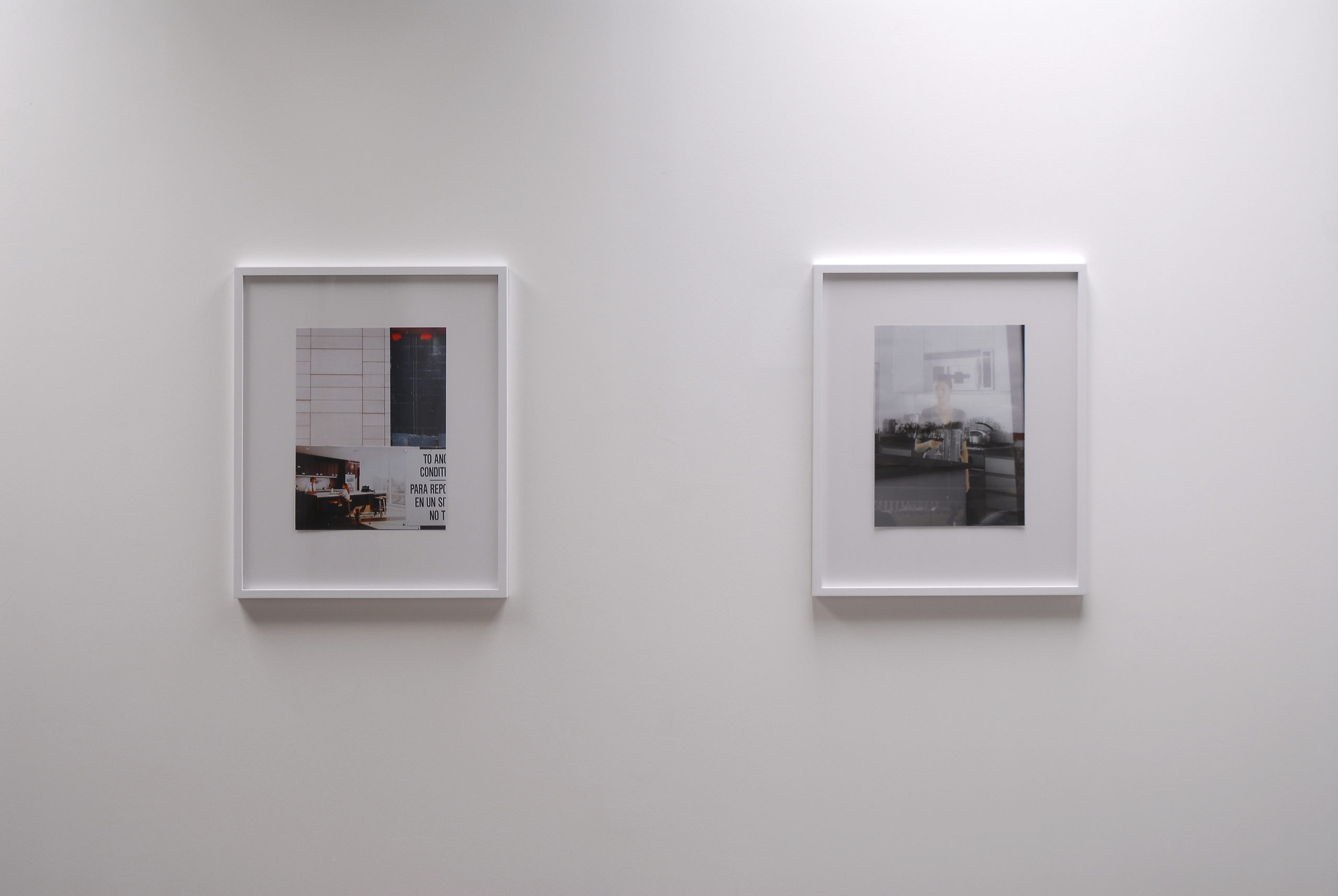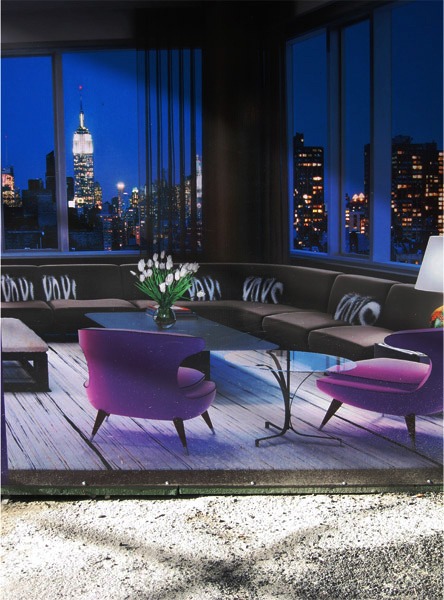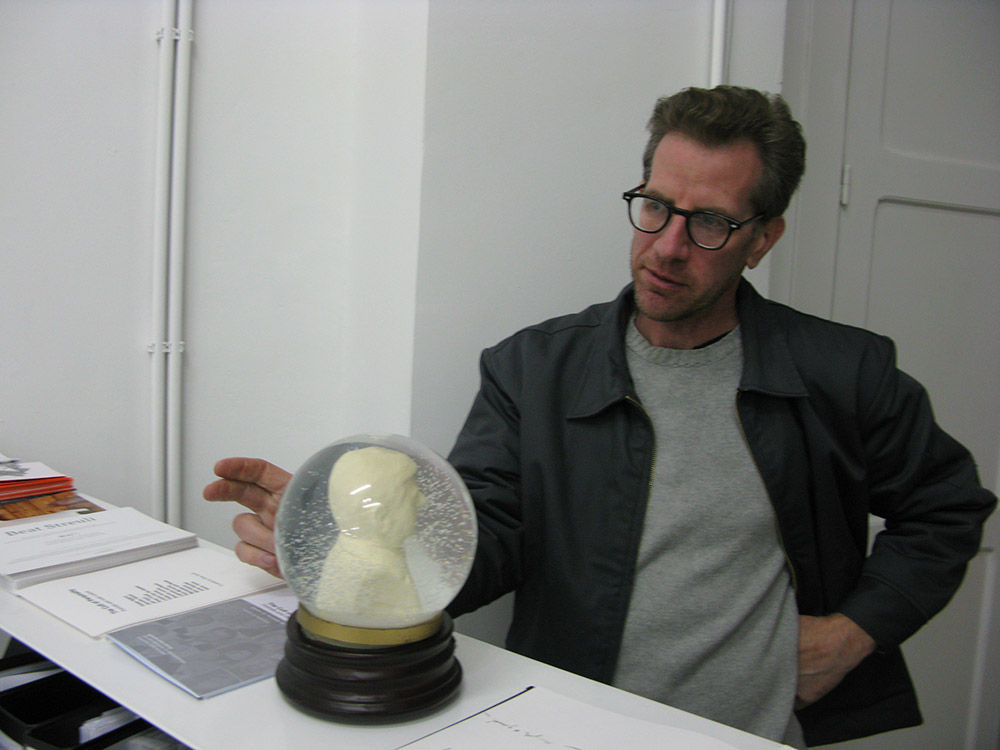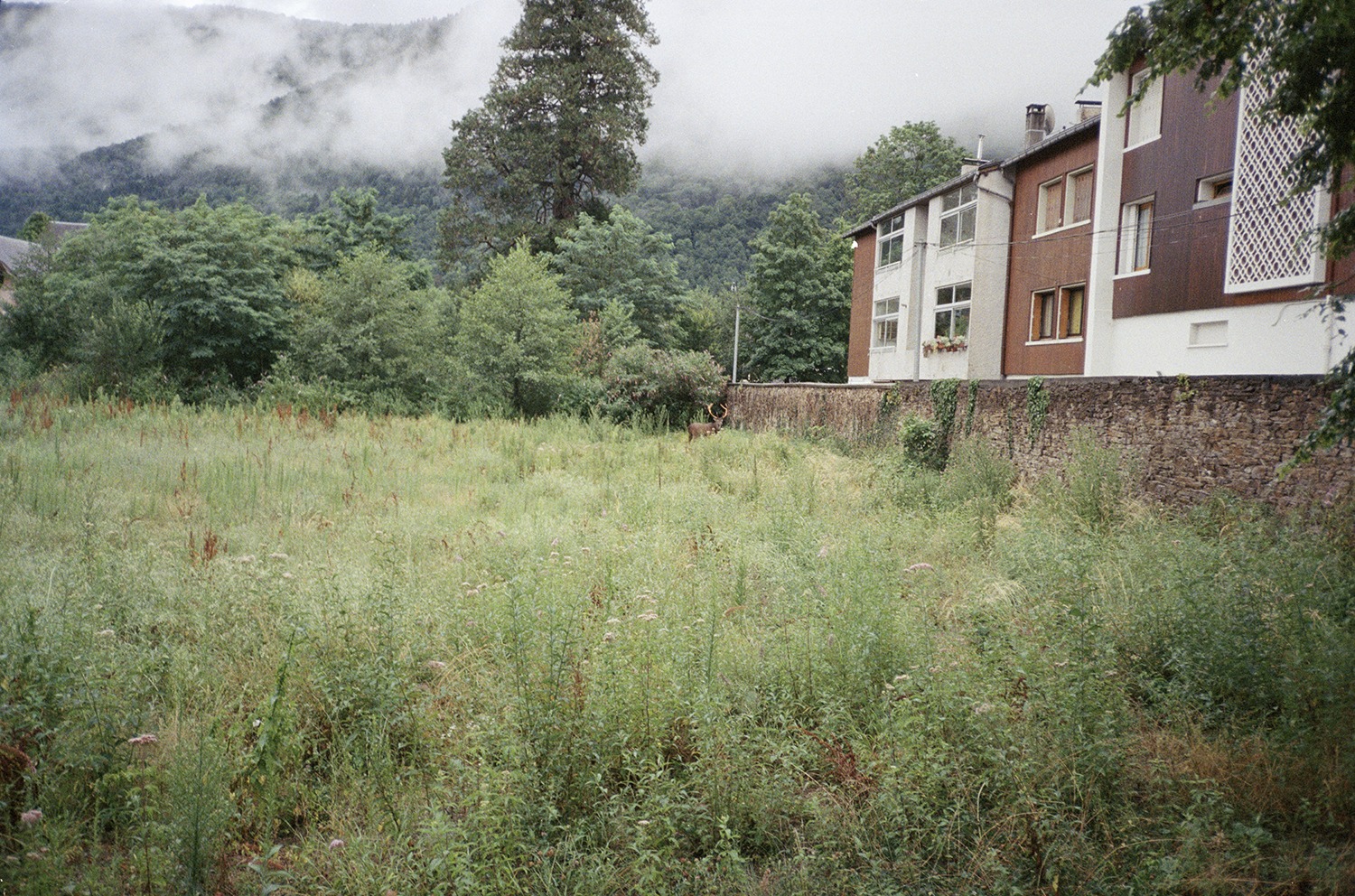
Julien Saudubray & Nicolas Bourthoumieux
Objectives
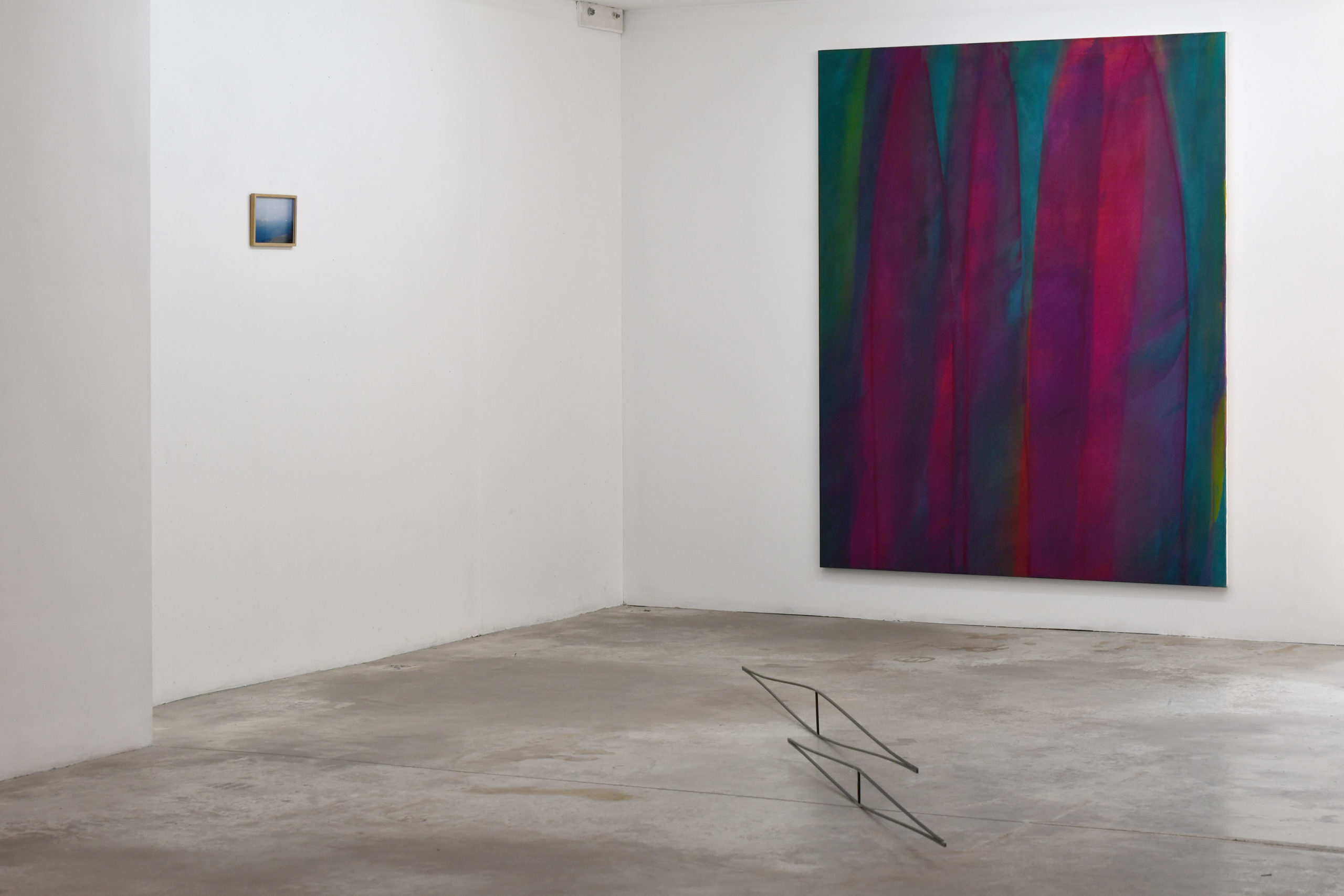
We are all literalists most or all of our lives. Presentness is grace.
Michael Fried, Art and Objecthood (1967)
Objectives is a title born from a pleasurable confusion of tongues that is so typical of Europe’s capital, but also doubles as an excuse for two artists (Julien Saudubray and Nicolas Bourthoumieux) to engage in an exhibitionary pas de deux. So perhaps – if we stay on track – there is no two but only one, or not one without the other, as in a dialogue or a dance. In fact, I believe their conversation has been going on for much longer and you just opened it up, dear visitor. So, do you see any common ground, except for the gallery floor you find yourself standing on? Well, let’s at least give it a shot.
Julien Saudubray approaches painting as a verb without a subject, a ceaseless activity, a mechanical process. His works are created through a delicate method of constant effacement – a writerly kind of painting sous rature or under erasure. Consistently combining layers of paint with turpentine, Saudubray constructs his images in an assiduous and laborious way. And since all good things take time, the resulting images are absolutely radiant. You will notice both large-scale oil paintings and smaller pastel drawings on view here, a va-et-vient between different mediums.
And then there’s Nicolas Bourthoumieux, whose minimal sculptures thoughtfully probe and occupy the space. His works seem to revisit the “other” of modernist painting, namely objecthood. What exactly are you looking at? Literal objects or a combination thereof, a gracious presence similar to what you see on the surrounding walls. And don’t be mistaken; Bourthoumieux’s materials (steel, wood, marble, glass, mirror, a meteorite,…) are not frozen in time but rather breathing at their own pace, as poetic fragments of history.
What you see here is what happens when the haphazard flow of things suddenly starts making sense. This is what we need artists for, to let us find pleasure in confusion and let us delight in getting lost. In other words, to let chance succeed. Or, with Samuel Beckett: Ever tried. Ever failed. No matter. Try again. Fail again. Fail better.
Pieter Vermeulen
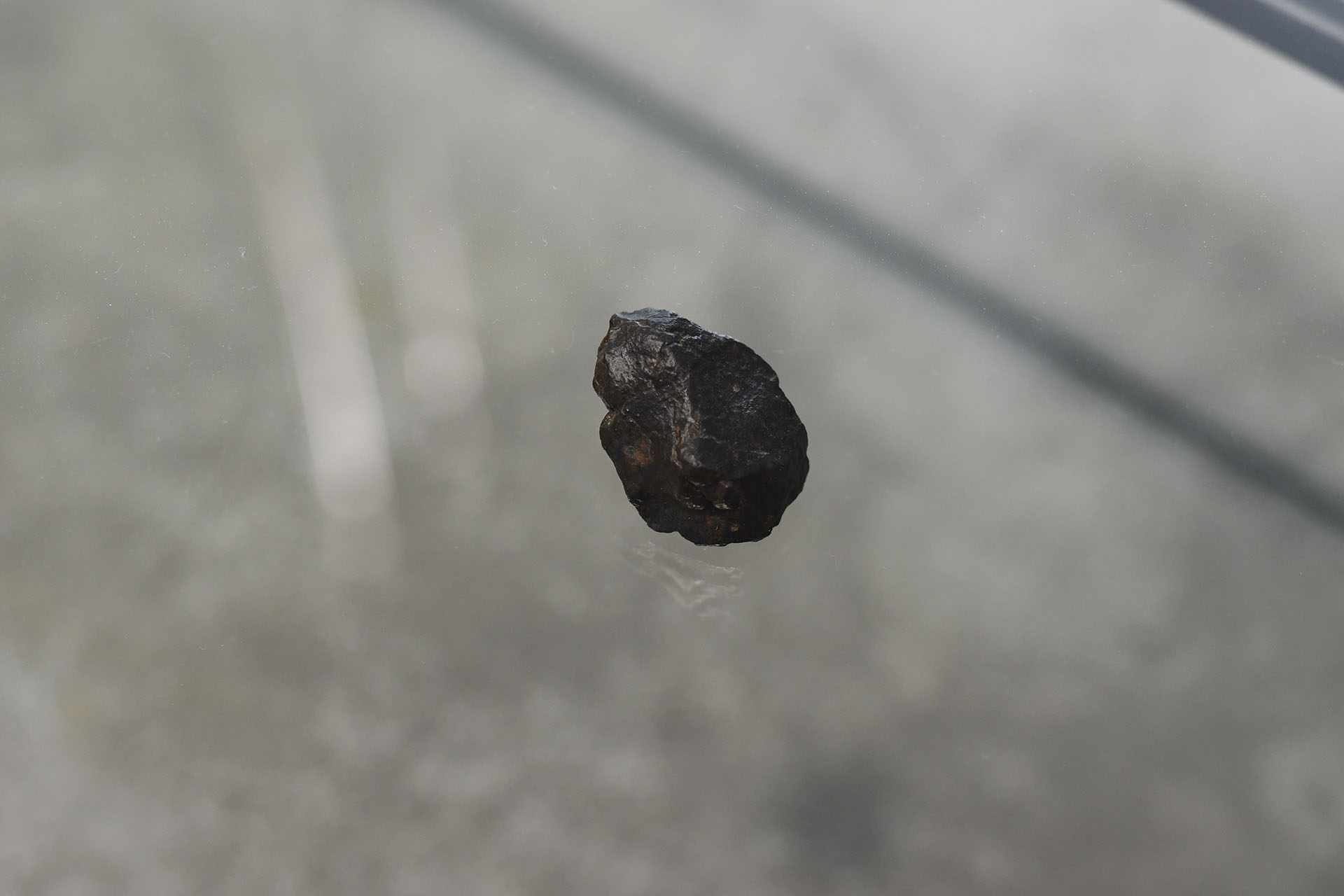
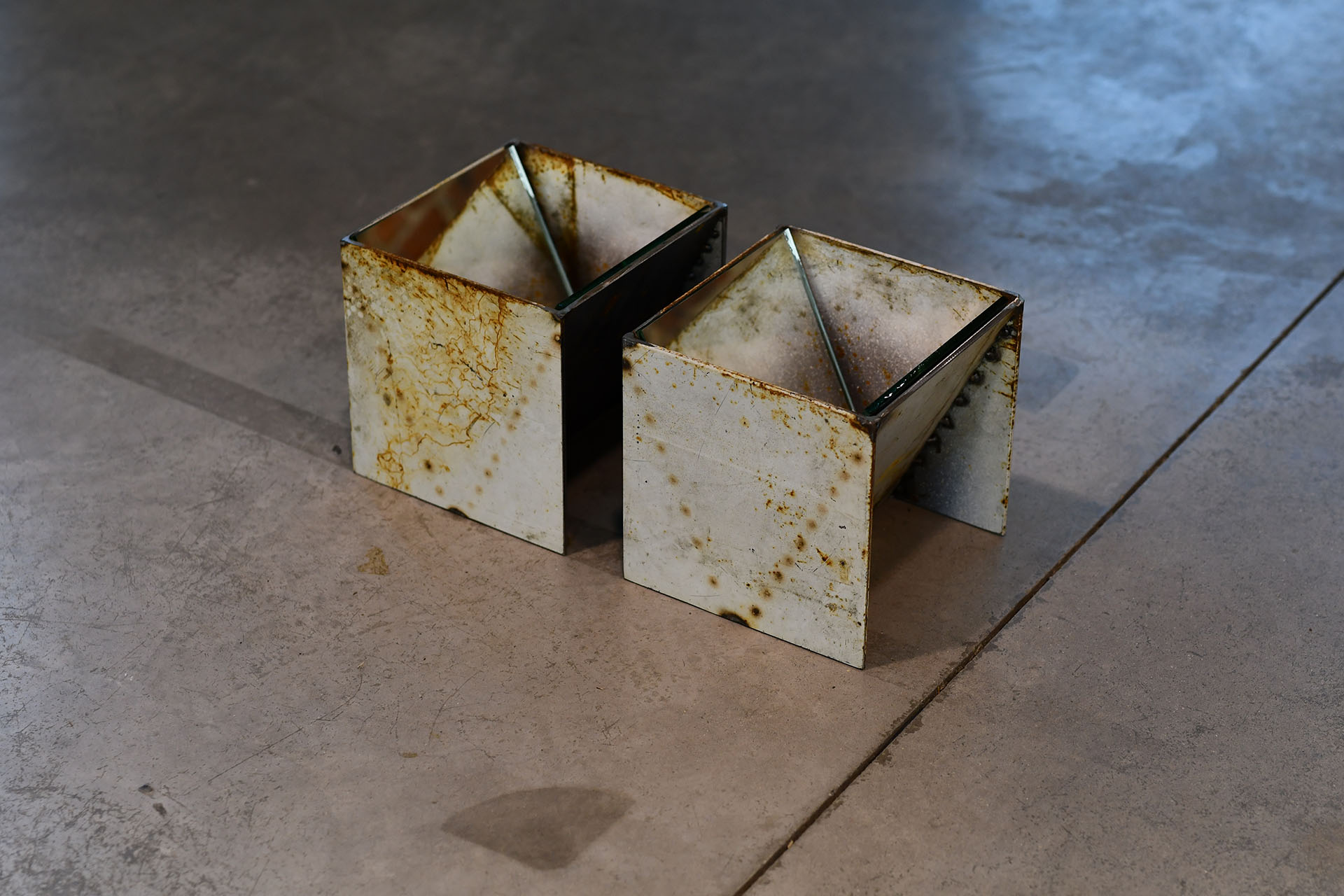
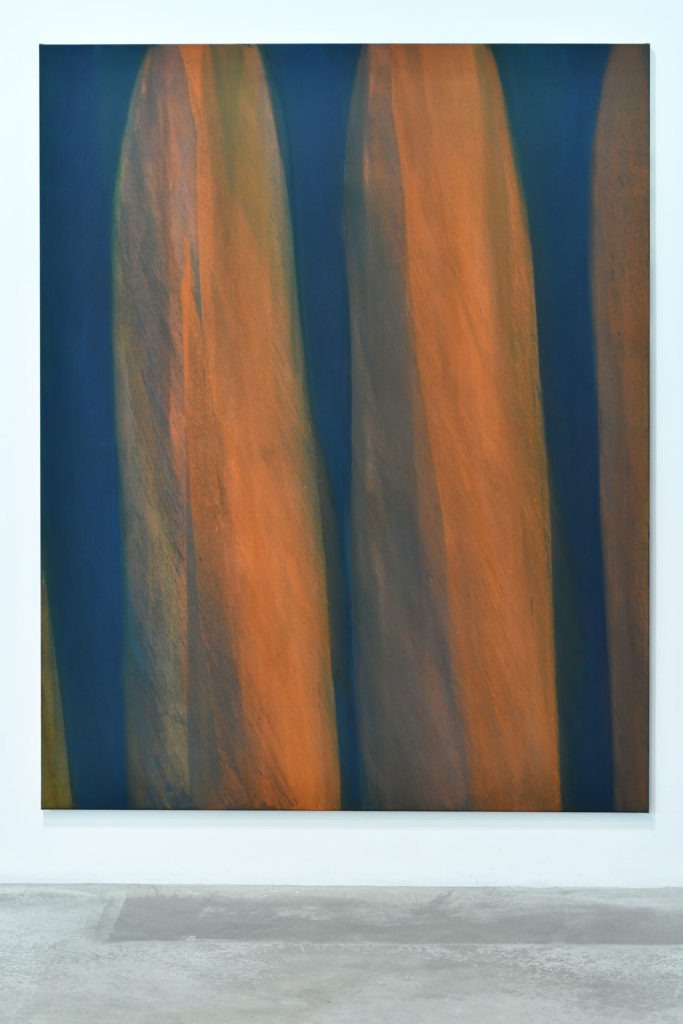
Let us find pleasure in confusion and
let us delight in getting lost
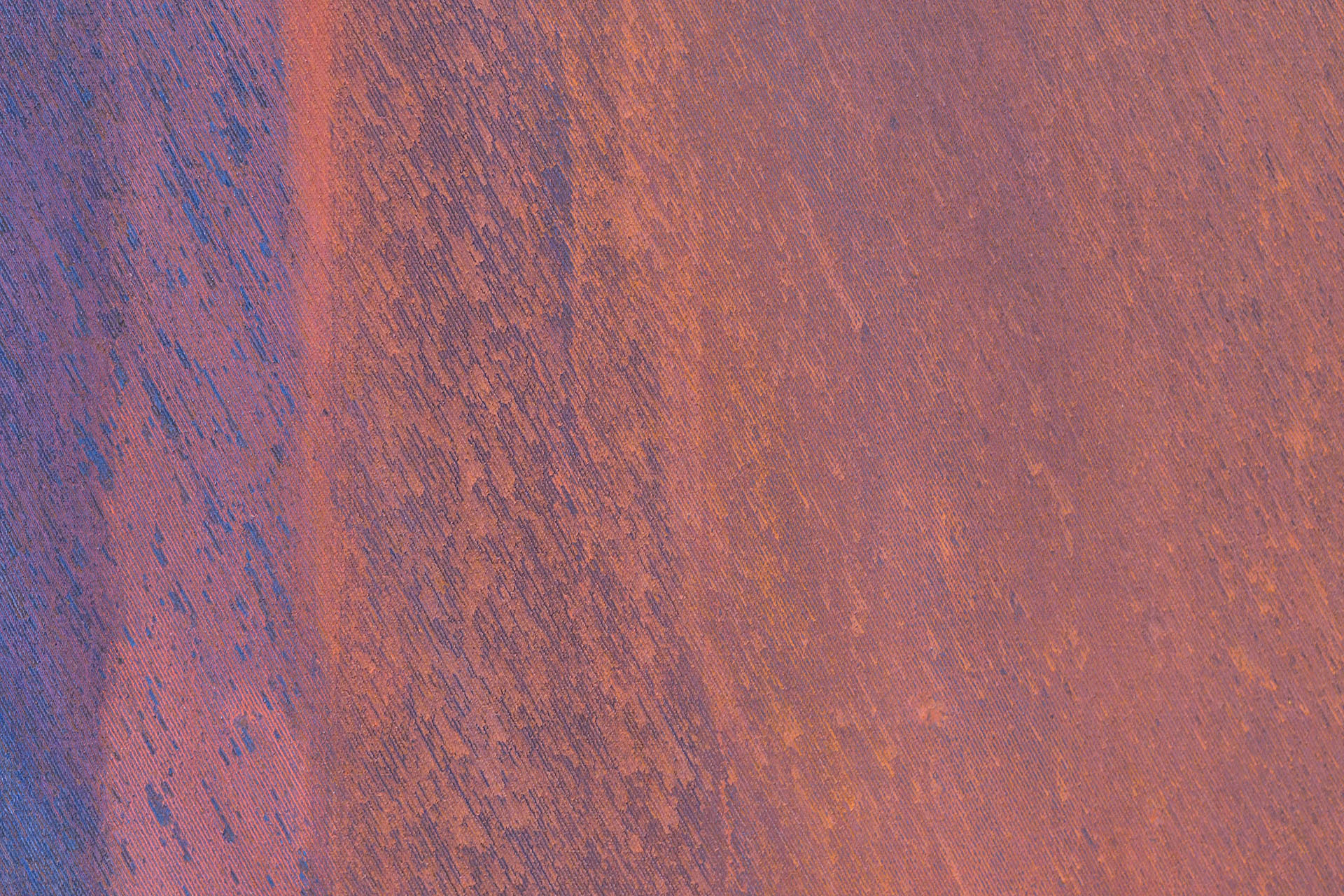
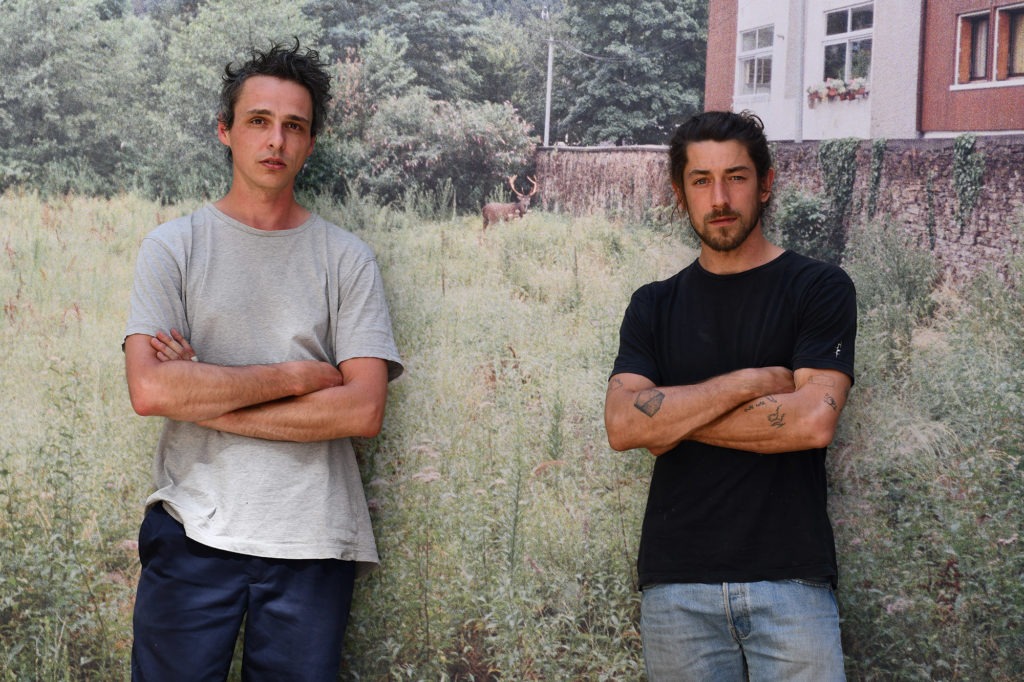
Julien Saudubray
Born in 1985, France.
Lives and works in Brussels.
Nicolas Bourthoumieux
Born in 1985, France.
Lives and works in Brussels.
